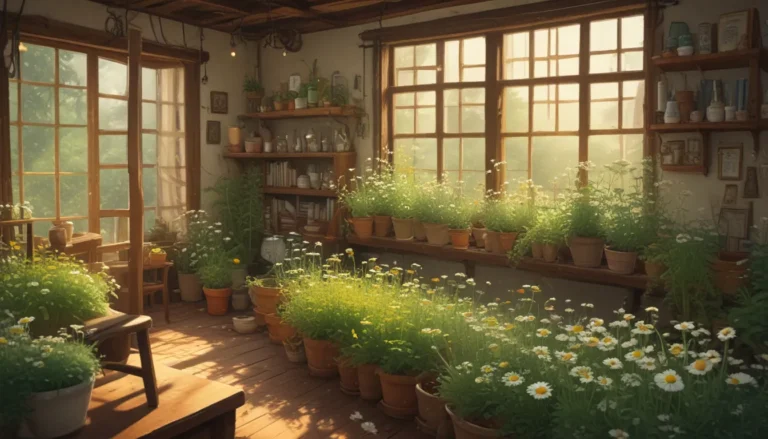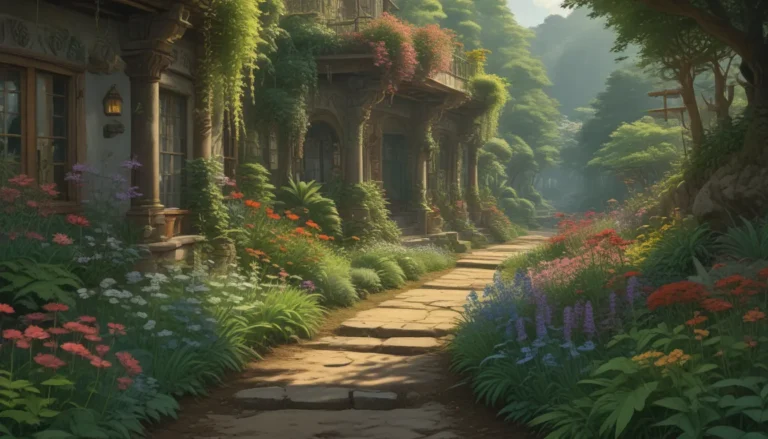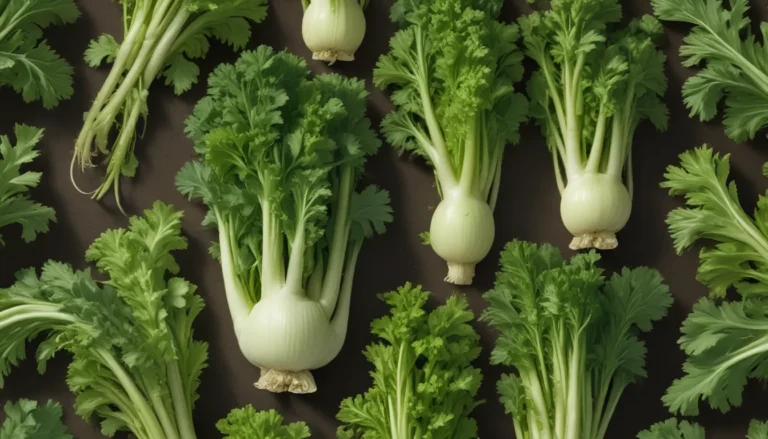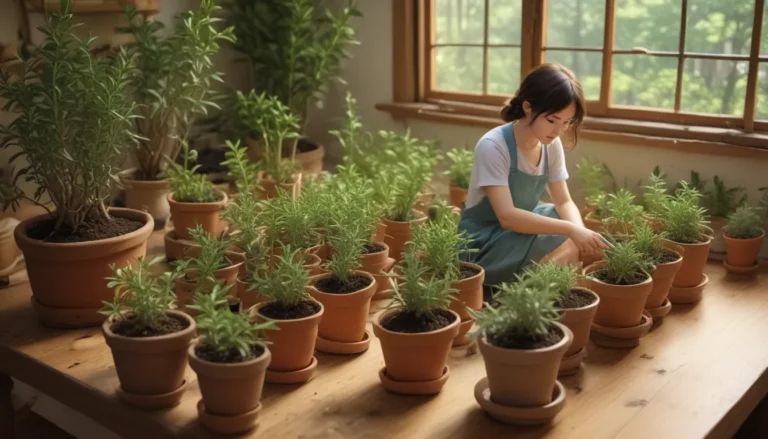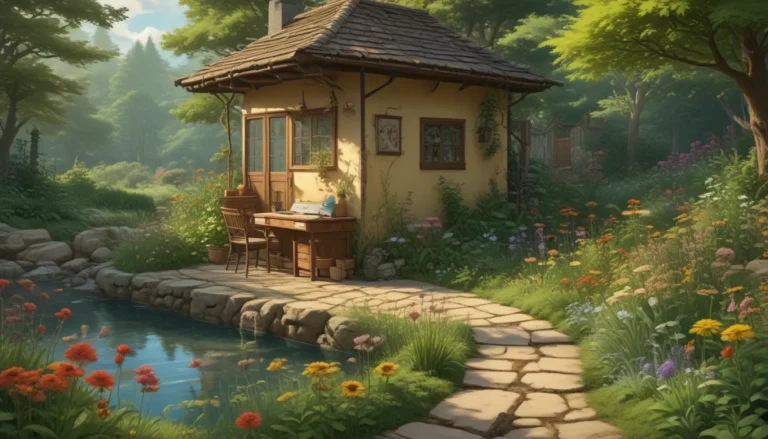The Ultimate Guide to Fava Beans: 7 Varieties You Need to Know About
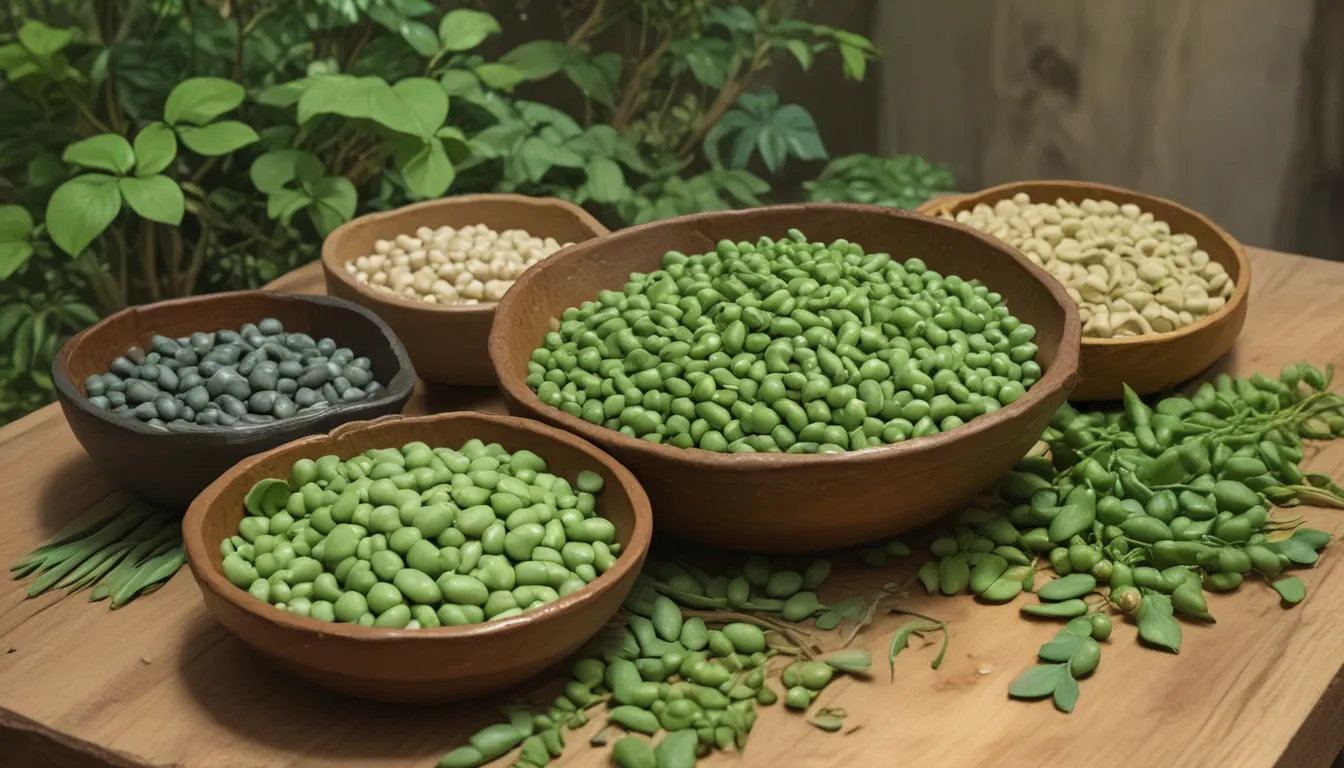
Are you ready to take your gardening game to the next level? Look no further than fava beans! These cool-season crops are not only delicious but also have some serious companion planting benefits. With a little know-how, you can make these beans a staple in your garden.
In this comprehensive guide, we’re going to dive into the world of fava beans. We’ll explore the different varieties available and help you choose the best ones for your garden. So grab a cup of tea, sit back, and let’s get started!
The World of Fava Beans
Vicia faba, the botanical name for fava beans, is one of the oldest agricultural crops known to humanity. There are three main varieties within this species, each with its own set of unique characteristics. Let’s take a closer look at what makes them distinct from each other.
1. Broad Beans (V. faba var. major)
Broad beans, also known as “broad beans,” are the large, flat-seeded variety most people are familiar with. These beans come in a range of colors, including white, tan, brown, green, or purple. They look similar to lima beans and are about an inch in length.
2. Horse Beans (V. faba var. equina)
Horse beans, also known as “horse beans,” are the medium-sized, rounded variety traditionally used as livestock forage. These beans are brown to olive green in color and are sometimes referred to as “baby favas.”
3. Tic Peas (V. faba var. minor)
Tic peas, also known as “tic peas” or “pigeon beans,” are the smallest-seeded fava beans. Each seed is about the size of a lentil. Like horse beans, tic peas are used as livestock feed but can also be enjoyed in the kitchen.
Now that we’ve covered the basics, let’s explore seven of the best fava bean varieties to add to your garden.
1. Aguadulce
- Also known as ‘Aquadulce,’ this cultivar of V. faba var. major produces eight- to nine-inch pods with seven to eight tan-colored seeds each.
- ‘Aguadulce’ plants reach three to four feet in height and are cold hardy to about 15°F.
- This heirloom cultivar has a short growing season, maturing in just 70 to 90 days for a spring crop.
2. Bell
- Bell beans, a variety of V. faba var. minor, are typically used as a cover crop or for livestock forage.
- These beans are also known as “small-seeded horse beans” and reach two to five feet in height.
- Bell beans are cold hardy to 25°F, making them an excellent choice for cooler climates.
3. Crimson Flowered
- Also known as ‘Crimson Flowering,’ this cultivar of V. faba var. major is known for its stunning magenta blooms.
- These flowers are attractive to pollinators and gardeners alike.
- ‘Crimson Flowered’ plants reach three feet in height and mature in 90 days in the spring and 160 days in the fall.
4. Diana
- ‘Diana’ is a high-yielding variety of V. faba var. major, producing three and a half to four-inch pods.
- Plants are hardy to 10°F, making them a robust choice for colder climates.
- You can purchase ‘Diana’ seeds in one-pound packs from C. S. Osborne and Company.
5. Robin Hood
- ‘Robin Hood’ is a dwarf cultivar of V. faba var. major that grows only 12 to 18 inches tall.
- This compact cultivar produces pods with four to six green seeds each and matures in 90 to 100 days.
6. Stereo
- ‘Stereo’ is a cultivar of V. faba var. major known for its tender, immature pods.
- Plants reach three feet in height and produce pods with five seeds each.
- ‘Stereo’ is bred for thin, tender skins, making it an excellent choice for fresh eating.
7. Sweet Lorane
- ‘Sweet Lorane’ is a highly productive and cold-hardy variety of fava beans, likely a cultivar of V. faba var. equina.
- These beans are greenish to brown to tan in color and half the size of broad beans.
- ‘Sweet Lorane’ plants are disease-resistant, reach 30 inches in height, and are cold hardy to 10°F.
We’ve covered the basics of fava beans, explored seven top varieties, and learned how to grow them successfully in your garden. Now it’s time to roll up your sleeves and get planting!
Conclusion: The Power of Fava Beans
Legumes are essential for any garden, providing much-needed nitrogen fixation and soil health benefits. Fava beans, with their delicious pods and companion planting properties, are a must-have for any gardener.
Which of these fava bean varieties are you most excited to grow? Do you have any other favorites that should be on this list? Share your thoughts in the comments below!
Grow your knowledge about legumes with these helpful articles:
- How to Grow Black-Eyed Peas
- How to Plant and Grow Pigeon Peas
- All About Edible Pod Peas
With the right information and a bit of passion, you can create a thriving garden filled with delicious fava beans. Happy gardening!
